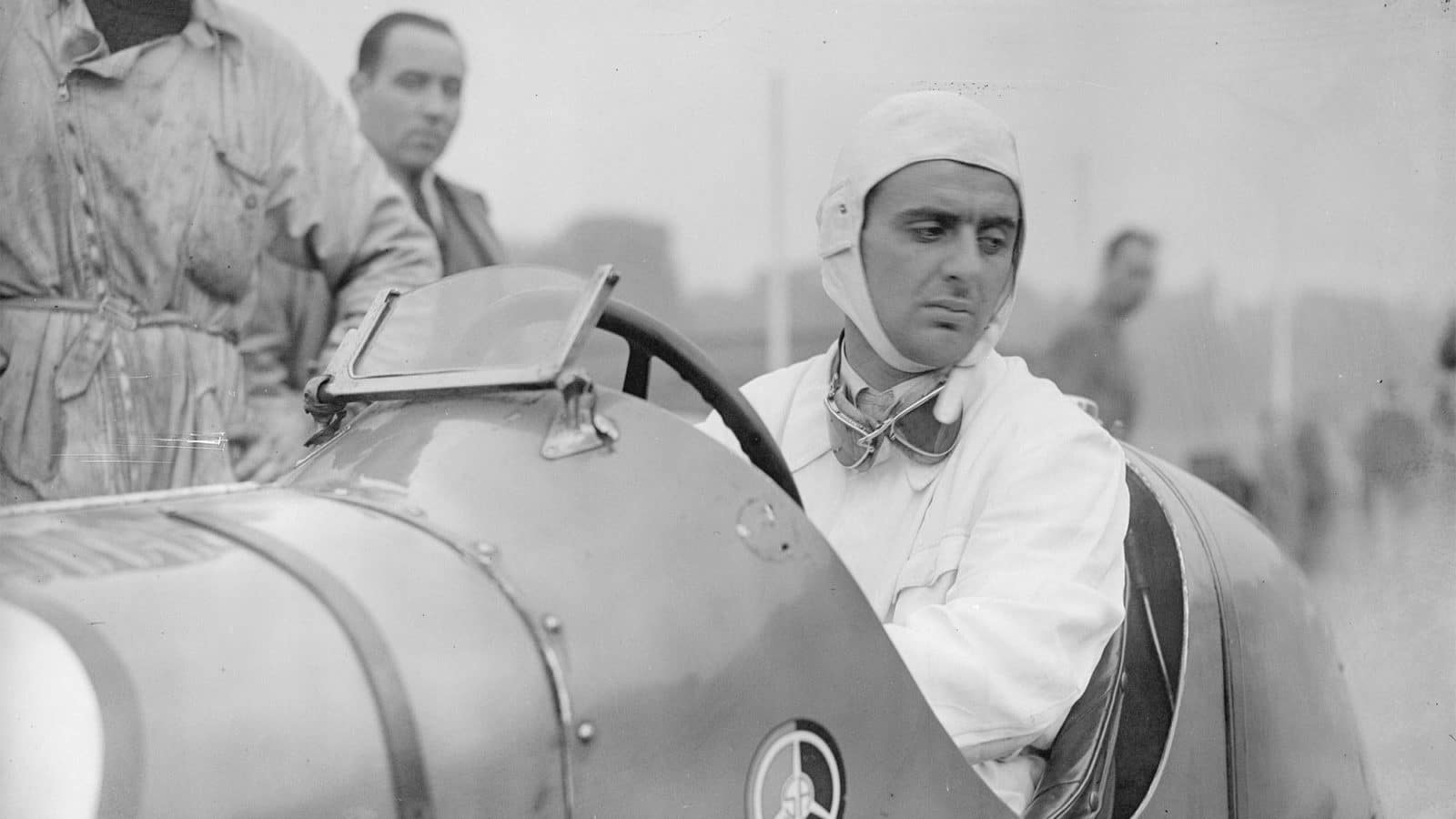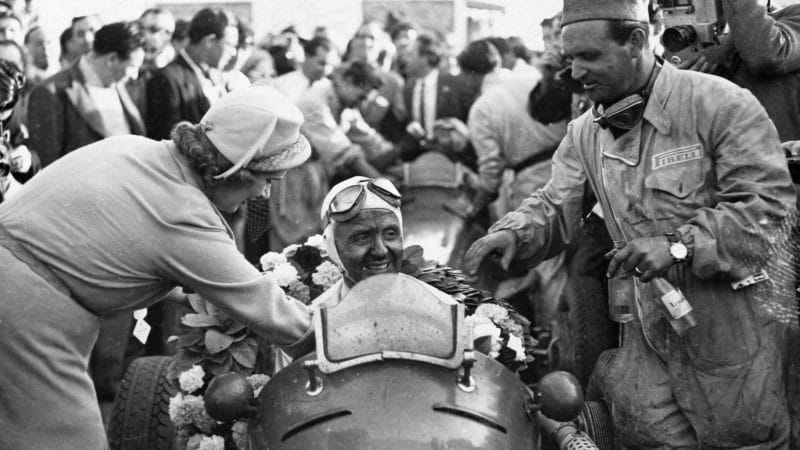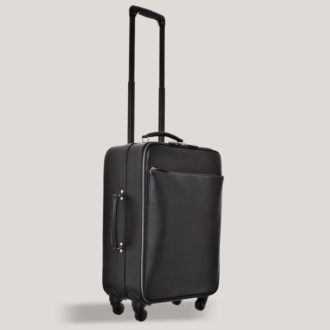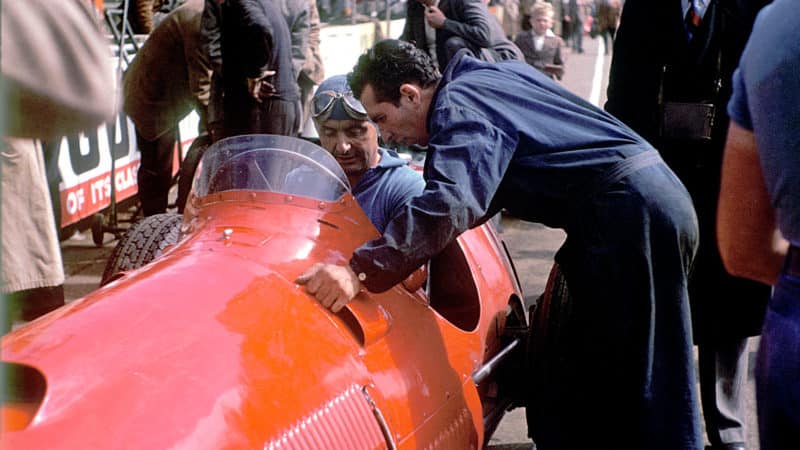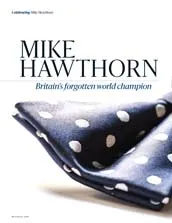He shared the car with brother Emilio who proved to be a particularly quick driver. Quick enough, in fact, to be snapped up by Enzo Ferrari to drive the Scuderia Ferrari Alfa Romeos in the 1937 season. In the meantime, Luigi and the Scuderia Ambrosiana which he had helped form with Count Johnny Lurani bought a 6CM Maserati (C/N 1541).
By 1938 Villoresi was a full member of the Maserati team and, recalling those years, the car he remembers more fondly that any other is the fabulous 8CTF (Eight cylinder Testa Fissa – fixed head) of which only three were ever built. This had an in-line 3-litre, eight-cylinder engine with twin Roots superchargers, one driven off the crank and the other geared to the camshaft. It produced over 350bhp and was Maserati’s answer to the Mercedes-Benz and Auto Union cars which were dominating Grand Prix racing at the time. Had it not been for the war, the car might have developed into a true race winner. As it was, one of them went to the States and, as the Boyle Special, dominated Indianapolis, while one of the others appeared at the Goodwood Festival last year.
“I asked to see the remains of my brother’s car, but Enzo refused”
In 1949 Villoresi bought a 4CLT Maserati and came to race in Britain. It was while in England that he had a big surprise: “I received a message from Enzo Ferrari,” he remembers, “saying he had sent a single-seater Ferrari to Brussels for me to race in the Brussels Grand Prix, and a sportscar to race in Luxembourg. I won both races and when I got back to Milan I had a telephone call from a journalist called Corrado Fillipini telling me that Enzo Ferrari wanted me to drive for him.”
This brought a dilemma for Villoresi; he had disliked Enzo Ferrari since the day of the accident which killed his brother Emilio at Monza: “On that day, June 28 1939, Enzo Ferrari put on a lunch actually on the circuit to show the new Alfetta.” he recalls. “After lunch, they cleared the tables off the track and my brother ‘Mimi’ went out in the car. He did two laps with no problems and on the third lap he crashed into a tree and was killed.
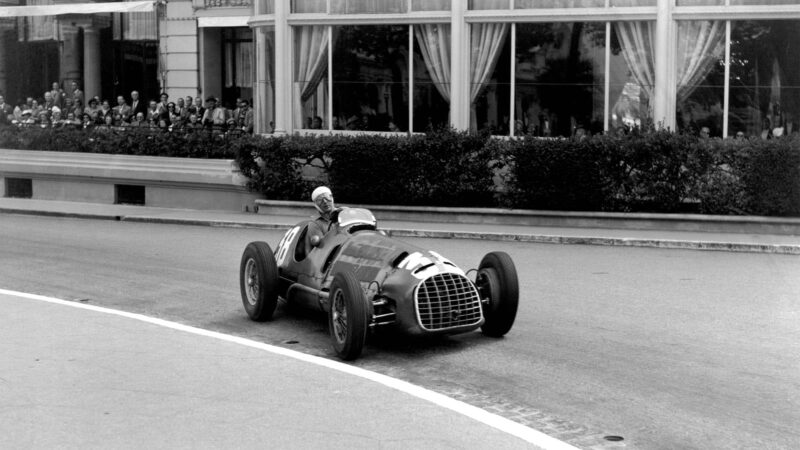
At Monaco in 1950
DPPI
“I asked Enzo if I could see the remains of the car but he refused, and when I asked him what had happened he told me he thought my brother had eaten too much at lunch and perhaps had indigestion which had caused him to go off the road. Then I asked him about insurance and he told me there wasn’t any, so I was very upset. After that, my brother’s road car, an 80 Alfa Romeo 2300 disappeared and some time later Consalvo Sanesi, the Alfa Romeo test driver, told me that the steering had broken on the car. So I really did not like him. However, I decided to go and see what he had to say.”
When he arrived at Ferrari’s house he was ushered upstairs to the great man, who was ill in bed. He immediately made his feelings known: “I told him I knew he didn’t like me and I didn’t like him, but let’s talk. At the end of the conversation I left Modena not only with an agreement to join Ferrari but also with two other contracts which I was to pass to my friends Alberto Ascari and Nino Farina. All three contracts were exactly the same.”
His career was now into full stride, but despite his brilliance Villoresi was to have a number of accidents, the two most serious being in Geneva. One was in a Maserati when his mechanic put new tyres on the car and he shot off the road on the first corner. The second, when driving for Ferrari in 1950, was much more serious.
